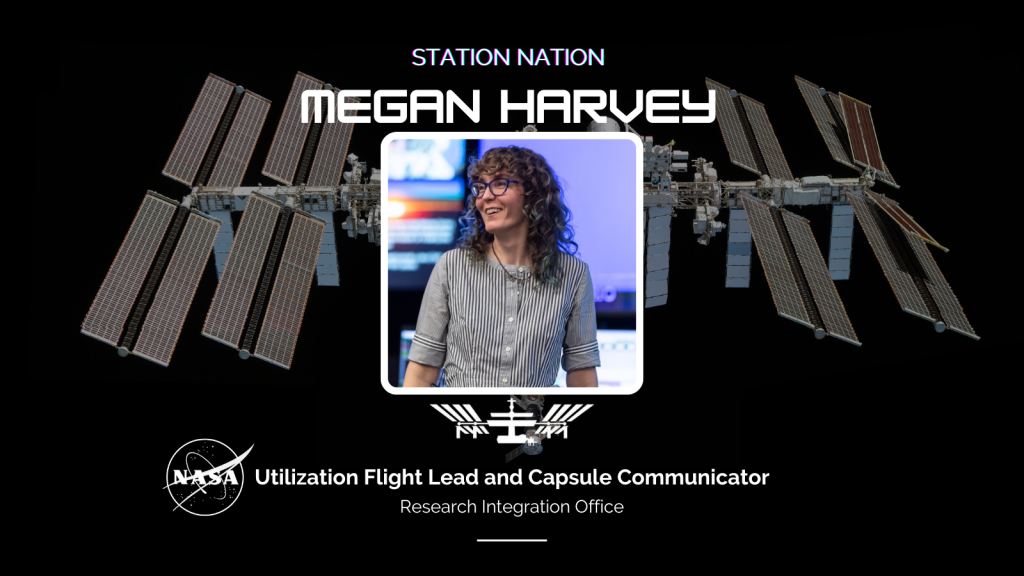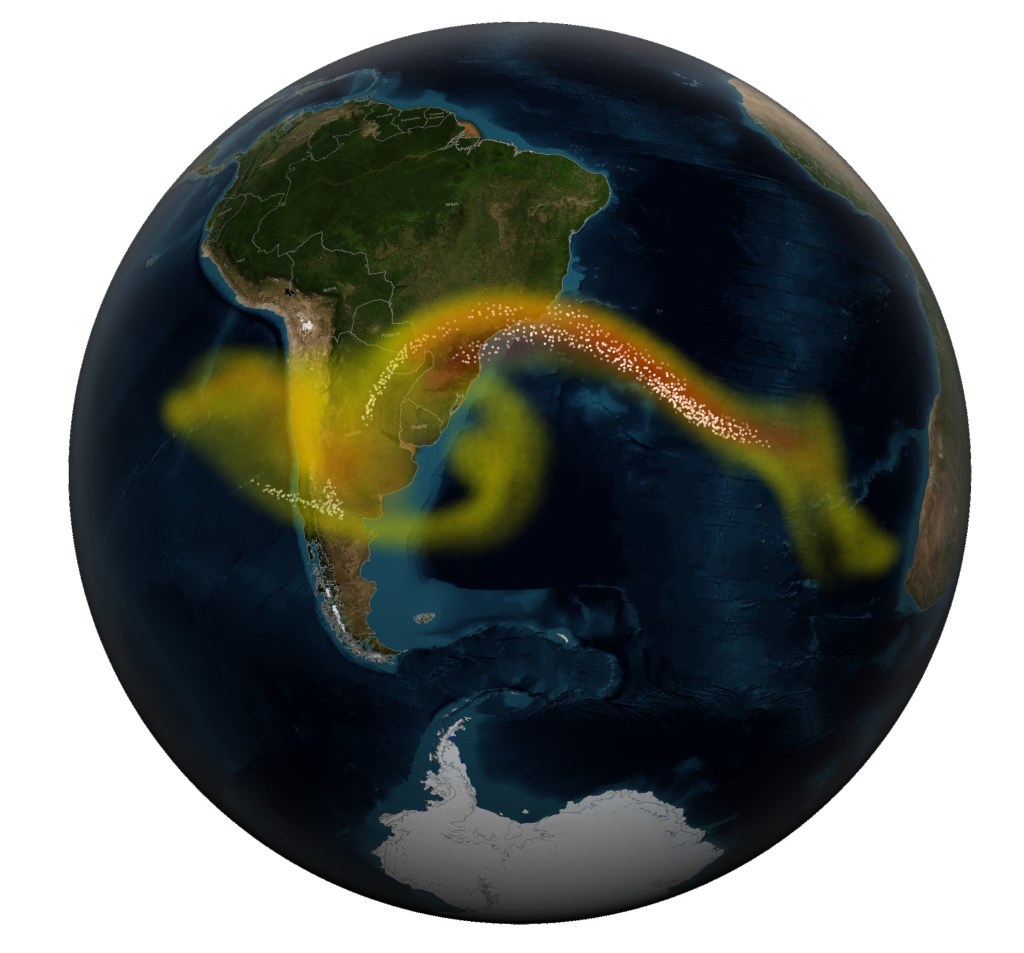NASA NEPA Process
Requirements
Council on Environmental Quality (CEQ)
The Council on Environmental Quality (CEQ) was established by The National Environmental Policy Act of 1969 and oversees Federal environmental actions with regard to NEPA. The CEQ works with Federal agencies, such as NASA, to develop environmental policies and initiatives.
- 42 U.S. C. 4321-4347 – The National Environmental Policy Act of 1969, as amended
- 40 CFR 1500-1508 – CEQ Regulations for Implementing NEPA
Additional information can be found on the CEQ website. These include new and emerging guidance on 1) mitigation measures, 2) categorical exclusions, and 3) climate change and greenhouse gases. For more information click here.
NASA NEPA Regulations and Policies
- NASA has promulgated Agency-specific NEPA regulations that are mapped to NASA’s mission and personnel:
14 CFR 1216.3 – Procedures for Implementing the National Environmental Policy Act (NEPA) Updated January 23, 2012 - NASA manages its NEPA program in accordance to Agency policy:
NPR 8580.1A – Implementing the National Environmental Policy Act and Executive Order 12114 Updated August 1, 2012
Other Federal Regulatory Drivers
NEPA is a procedural law that requires Federal agencies to look at the full spectrum of environmental resources or media (air, water, threatened and endangered species, soils, hazardous materials, cultural resources, etc.). Due to this comprehensive review of potential environmental effects, NEPA it is often referred to as “umbrella” legislation. The NEPA process involves coordinating compliance with other environmental laws including:
Environmental Justice
NASA’s EJ Strategy is posted on the EPA’s Compliance and Enforcement Website. The purpose of the strategy is to ensure the integration of environmental justice into NASA’s programs, policies, and activities. The strategy provides a broad framework of the items to be accomplished by each Center to achieve EJ. The strategy remains in effect and applies to Center NEPA programs and actions. For example, the Ames Environmental Procedural Requirements contains a chapter on Environmental Justice (click here for link) which states the “Ames’ EJ Implementation Plan contains a framework of the ten (10) requirements stated in the NASA Environmental Justice Strategy.”In July 1992, EPA published a report, entitled “Reducing Risk for All Communities,” which noted that minorities and low-income communities experience higher than average exposures to selected air pollutants, hazardous waste facilities, and other forms of environmental pollution. The EPA’s Administrator Browner reaffirmed the EPA’s commitment to Environmental Justice (EJ) in 1993. President Clinton signed Executive Order (EO) 12898 on February 11, 1994 to establish EJ as a national priority. The EO directs federal agencies to address human health and environmental issues in low-income and/or minority communities with the goal of achieving environmental protection for all communities. Section 2-2 of the EO directed Federal agencies to develop by March 24, 1995, EJ strategies to promote non-discrimination in federal programs substantially affecting human health and environment, and to provide minority and low income communities access to public information on, and an opportunity for public participation in, matters relating to human health or the environment.
- EO 12898
- EPA’s Compendium of Federal Agencies’ Environmental Policies
- NASA Environmental Justice Strategy
Checks and Balances
NASA strives to achieve a world-class Environmental Program by incorporating environmental planning into the earliest phases of program/project development- establishing the “checks and balances” to assure compliance with environmental statutes and regulations, including NEPA requirements. NASA assures that people, procedures, and practices are up to NEPA standards through implementation of the Environmental Management System (EMS) auditing process. NASA verifies compliance with environmental requirements through Environmental Functional Reviews (EFRs) conducted at each Center and component facility every 3 years.
Environmental Management System
The Environmental Management System (EMS) is a tool to help NASA achieve environmental accountability and sustainability. The EMS:
- Incorporates people, procedures, and work practices into a formal structure to ensure that the important environmental impacts of the organization are identified and addressed,
- Promotes continual improvement, including periodically evaluating environmental performance,
- Involves all members of the organization, as appropriate, and
- Actively involves senior management in support of the EMS.
The purpose of the Agency EMS is to have a single, overall Agency approach to managing environmental activities that allows for efficient, prioritized system execution. The EMS focuses on improving environmental performance and maintaining compliance with applicable environmental statutes and regulations, as well as with other requirements to which NASA subscribes. The “checks and balances” of the EMS system are based on a “Plan, Do, Check, Act” model that builds the continual improvement into NASA’s environmental performance and allows for the evaluation of the potential impacts and benefits of NASA actions through the assessment and mitigation of risks identified in the process.
NASA NPR 8553.1B describes the functional requirements of the EMS. Chapter 5, “Checking and Corrective Action,” and Section 5.2, “Evaluation of Compliance” both describe the requirements for auditing the EMS and environmental regulatory compliance (including NEPA) requirements. These requirements are met through the conduct of Environmental Functional Reviews (EFRs) at NASA Centers every 3 years. Click here to access NPR 8553.1B.
Click here for more information on the EMS at the Environmental Management Division main website.
Environmental Functional Reviews
NASA uses Environmental Functional Reviews (EFRs) to audit compliance with environmental statutes and regulations, including NEPA. The audits take place on a rotational basis, so that each NASA Center receives an audit every 3 years. The audit team uses the Army-developed TEAM guide as the basis for the audit. This guide provides questions associated with the various legal requirements to be audited. A portion of this guide is specific to NEPA. The TEAM guide requires the reviewer to answer the questions associated with NEPA compliance by analyzing past NEPA documents and interviewing the Center’s NEPA coordinator. The audit includes a review of Environmental Assessments (EAs) and Findings of No Significant Impact (FONSIs), as well as Environmental Impact Statements (EISs) and Records of Decision (RODs). The auditor also determines whether past actions taken at the Center were reviewed and considered for the proper application of NEPA. Additionally, the auditor ensures that mitigation is proposed where appropriate and that mitigation measures are monitored for successful completion. If mitigation is identified in the NEPA document as a requirement, the auditor ensures that funding was requested for the mitigation and that monitoring occurred.
The EFR is utilized by NASA to identify environmental compliance areas at NASA Centers that require attention. It is a management tool that helps Centers avoid future environmental compliance problems and helps ensure management’s attention to environmental issues at the Center.
Click here for more information on EFR at the Environmental Division main website.
NEPA Rule to be reviewed per CEQ Guidance and EO 13563, Improving Regulation and Regulatory Review.



























